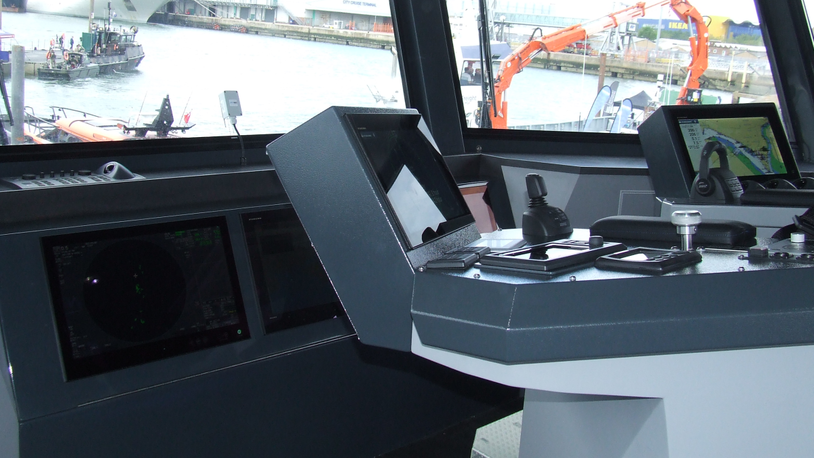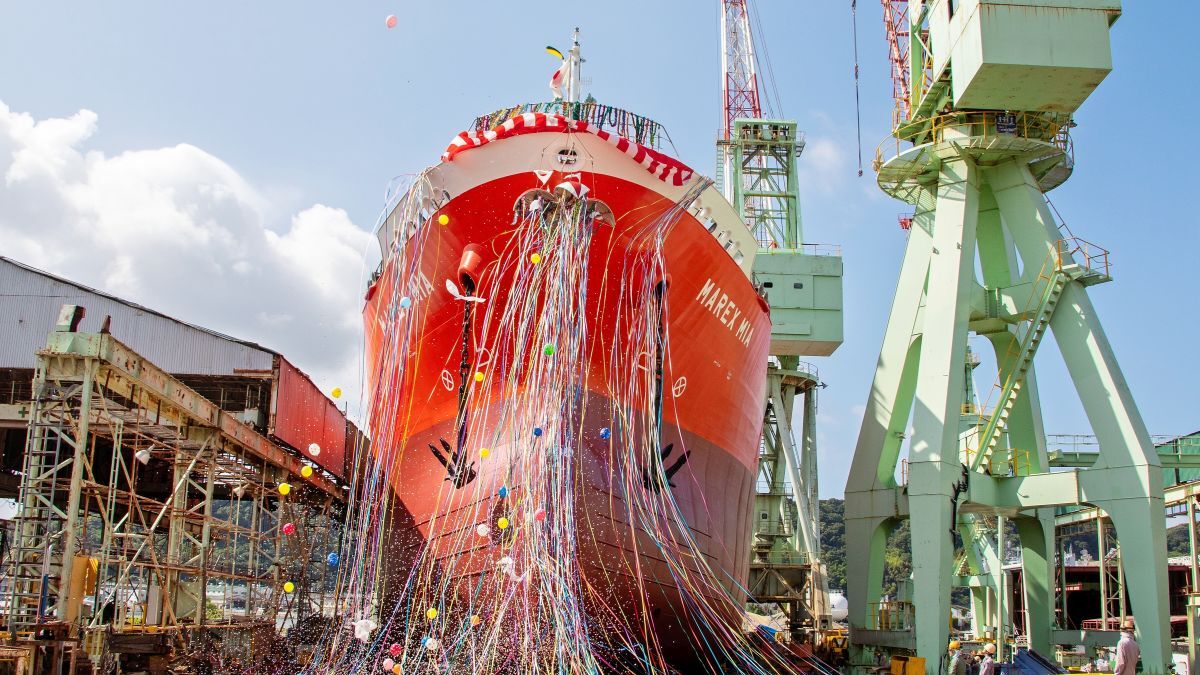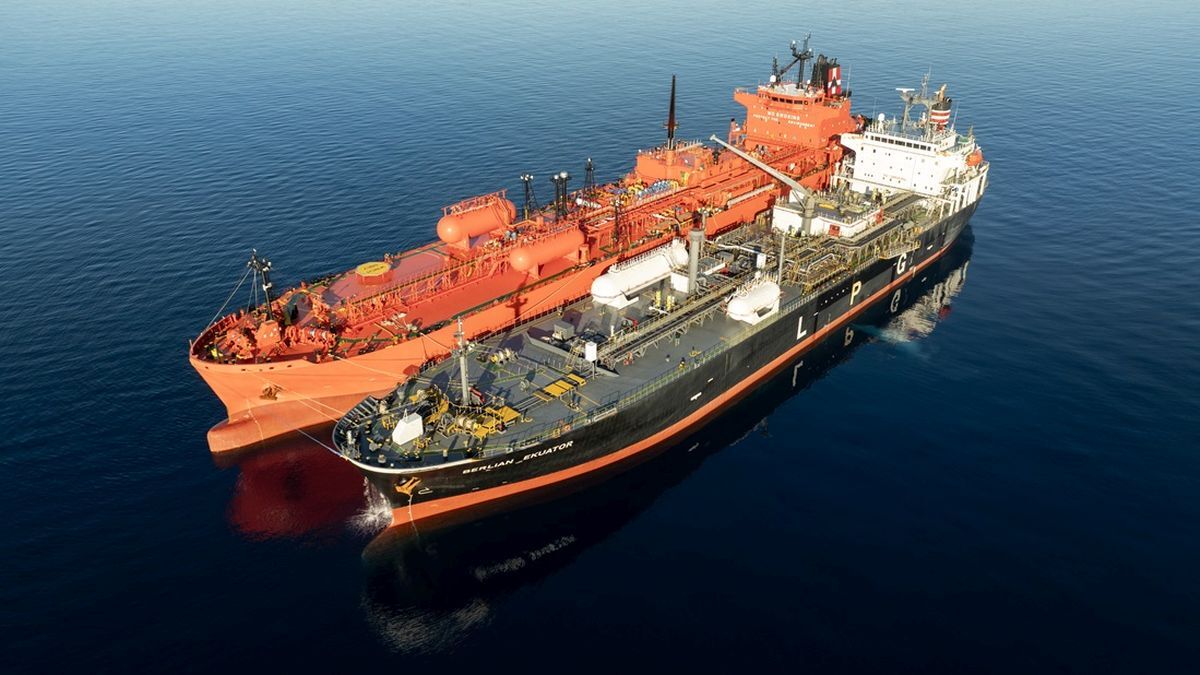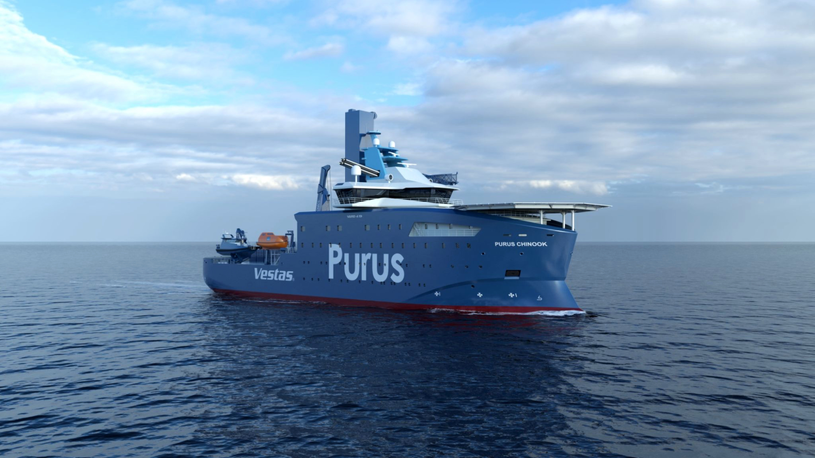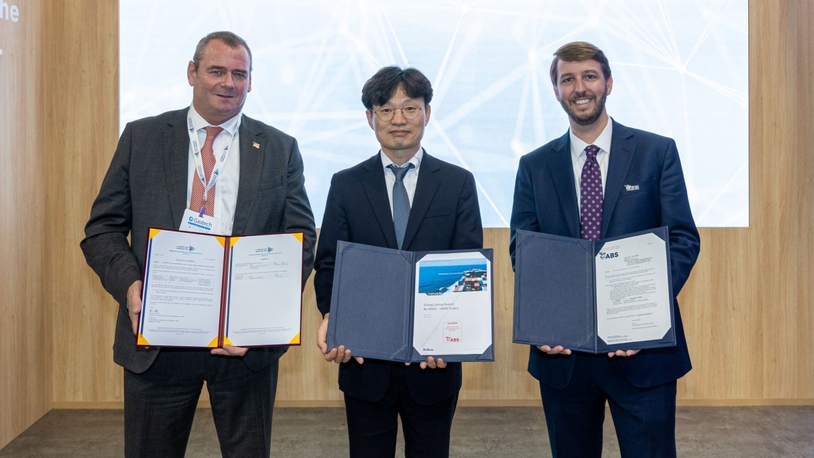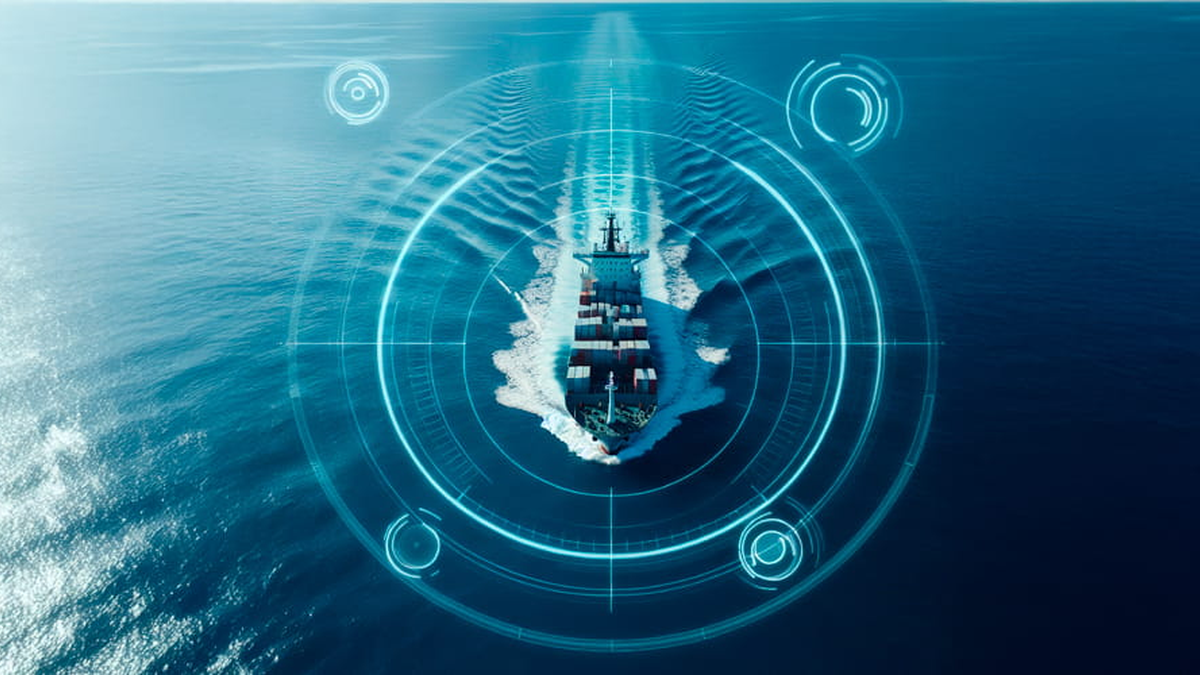Business Sectors
Contents
Satellite roaming provides an always-on VSAT connection
Traditional solutions for uninterrupted global satellite communications, such as Inmarsat or Iridium, have limited bandwidth and high usage costs. Instead, satcom connectivity based on Ku-band has become the preferred solution for broadband communication at sea.
To simplify global roaming, systems must allow Automatic Beam Switching (ABS) or ‘satellite roaming’ to ensure the provision of continuous Internet connectivity, even when a ship leaves the coverage of one satellite beam and enters another.
As the vessel moves, the ABS system reads location information from the antenna-terminal GPS and decides which satellite is most effective for the current location. When the terminal is connected, the map-file segment provides the information for the most effective satellite connectivity. When no communication with the hub is possible, the ABS reverts to a default list of satellites, which are tried one by one.
The modem initiates satellite acquisition; it notifies the hub that a satellite change-over is about to occur. After receiving hub approval, the modem commands the antenna to acquire the preferred satellite. The modem also configures itself to the new satellite link.
Once the antenna is pointed to the new satellite, the modem creates the network connection with the hub. If successful, it informs the antenna controller with a ‘modem-lock’ indication, and the modem enters the network. If the satellite connection is unsuccessful, the next preferable satellite is tried.
Once acquired and locked on, the antenna will track the selected satellite until one of the following occurs: communication is lost (timed-out) or a GPS location is reached where the preferable Equivalent Isotropically Radiated Power (EIRP, used to estimate the service area of the transmitter) shifts to a different satellite. At this point, satellite re-acquisition will be attempted. For every satellite beam switchover, the equipment residing in the hub must be automatically re-routed and re-configured.
In order to achieve this process, the modem and antenna controller must communicate with each other. Interconnection has begun with proprietary protocols and is expected to migrate to open protocols such as iDirect’s OpenAMIP.
A satellite coverage plan was prepared for Axel Maersk, a cargo ship travelling from northern Europe (Denmark) to the Far East (Japan). Even with all the flexibility of the Ku-band VSAT solution, some areas were still left without coverage. Official coverage maps tend to be a somewhat conservative; in reality, non-coverage zones were significantly smaller. The Eutelsat W3A and W6 satellite hub was located in Turin, Italy. The AsiaSat As3, New Sky NSS-6 and General Electric GE-23 hubs were in Hong Kong.
The following tools were used to monitor VSAT performance on the ship:
• graphical data logger, which recoded multiple logs from the system sensors
• Google Earth agent, which allowed a complete picture of the ship’s route
• remote access to system (either through VSAT or through Iridium in case of malfunction or non-coverage)
• continuous monitoring of VSAT data traffic by the communications hubs.
On the eastbound voyage, full coverage from Europe to Japan was expected, except for 3.5 days between the Red Sea and India and 1.5 days between India and Java. In fact, the vessel’s only break in coverage was for 3 days between the Red Sea and India and some instability at the southern part of Red Sea.
For the westbound voyage, an additional satellite beam (NSS6 Middle East) was included to minimise the gap and as a result, the break between India and the Red Sea was limited to only 12 hours, significantly reducing lost productivity and decreasing the negative effect on crew morale due to connectivity issues.
The installation started with a laptop PC in the crew’s IT-café but was soon enhanced by three wireless routers, which allowed Internet access throughout the crew quarters.
A dedicated line provided the ship with 1,024 Mb/sec download and 512 Kb/sec upload.
Based upon the Internet connection logger, Internet availability was calculated to be 95.4 per cent, including non-coverage areas. To evaluate overall Internet stability, the availability in the same period was 98.5 per cent when the 12 hours of the non-coverage area between India and Red Sea was excluded.
During the test period, both the Turin and Hong Kong hubs experienced heavy rain, which influenced performance, causing occasional instability and even breaks. It should be noted that Hong Kong experienced the wettest June since 1889 with 1,379mm of rain, with rain intensity exceeding 70 mm/h. Rain at the vessel’s position did not affect connectivity.
The total amount of traffic from 19 May 2010 to 14 July 2010 was 381Gb downloaded to the vessel and 66Gb uploaded from the vessel.
According to Axel Maersk’s captain, “The Internet on board has been a great success. Crew members have been using it a lot, and it is considered to be a factor in improving their social lives in connection with communication with family, friends and others at home. Skype is used extensively and the crew also uses private e-mail accounts to download pictures of their children, family occasions and similar events.
“The possibilities for Internet use are endless. In my opinion, it is a central part of modern lifestyle; therefore, daily Internet access in ships is a ‘must’ to secure qualified seafaring personnel in the future. We have implemented a wireless system on board covering most accommodation areas.” MEC
Related to this Story
AI, digital twins help design cyber-secure, green SOVs
Events
Offshore Support Journal Conference, Americas 2025
LNG Shipping & Terminals Conference 2025
Vessel Optimisation Webinar Week
© 2024 Riviera Maritime Media Ltd.


